Driving A 1954 Volkswagen Van Is Like Stirring A Pot Of Oats With No Hands
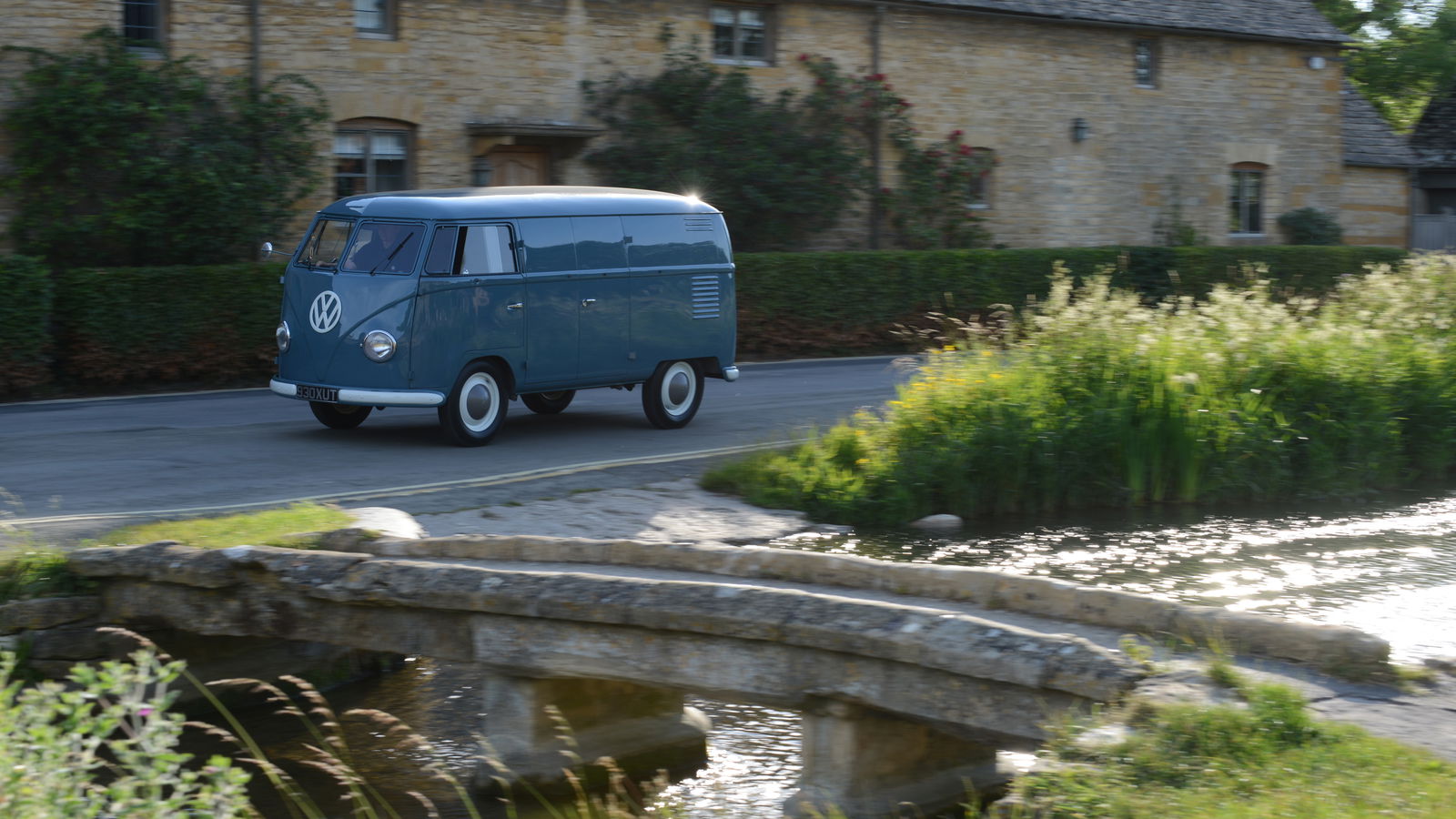
I’ve been lucky enough to drive a wide variety of cars. Small, lightweight sports cars like the Caterham 160 and Morgan 3 Wheeler have been highlights, as have cars from the other end of the four-wheeled spectrum, the BMW i8 included. I have never, however, driven something that came out of the factory the same year my mother was born. And my God is that an experience I won’t forget in a hurry.
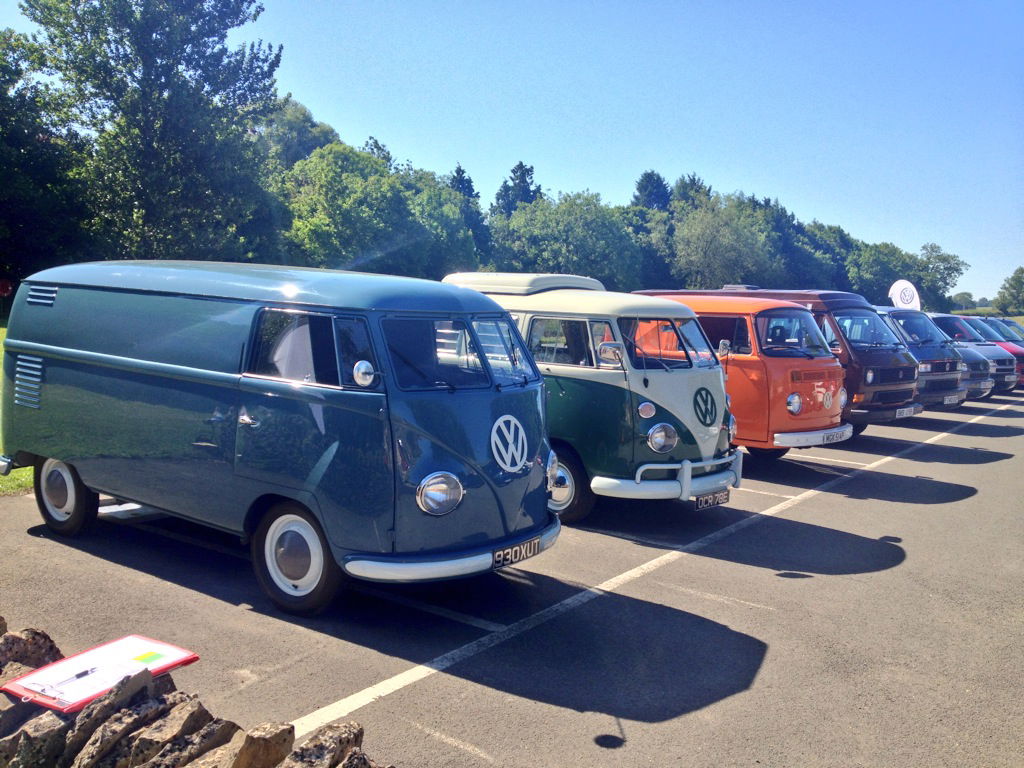
In this very rare line-up of beautiful vehicles stood all manner of van-based models through the ages (right up to VW’s latest 2014 Transporter), plus a gorgeous orange pick-up truck that I unfortunately ran out of time to take for a considered hoon.
First up, I was handed the keys to the very van which caught my eye first. The blue 1954 panel van with barn doors is stunning to look at thanks to an extensive recent restoration and just 40 miles on the odometer. Back in 1954, it would have set its prospective buyer back DM 5850 (around £2400). At the back of the bare-metal van sits a 1192cc, 30bhp petrol engine which would launch the 1000kg van from 0-50mph in 40 seconds. Its top speed, if you’re interested, is 56mph.
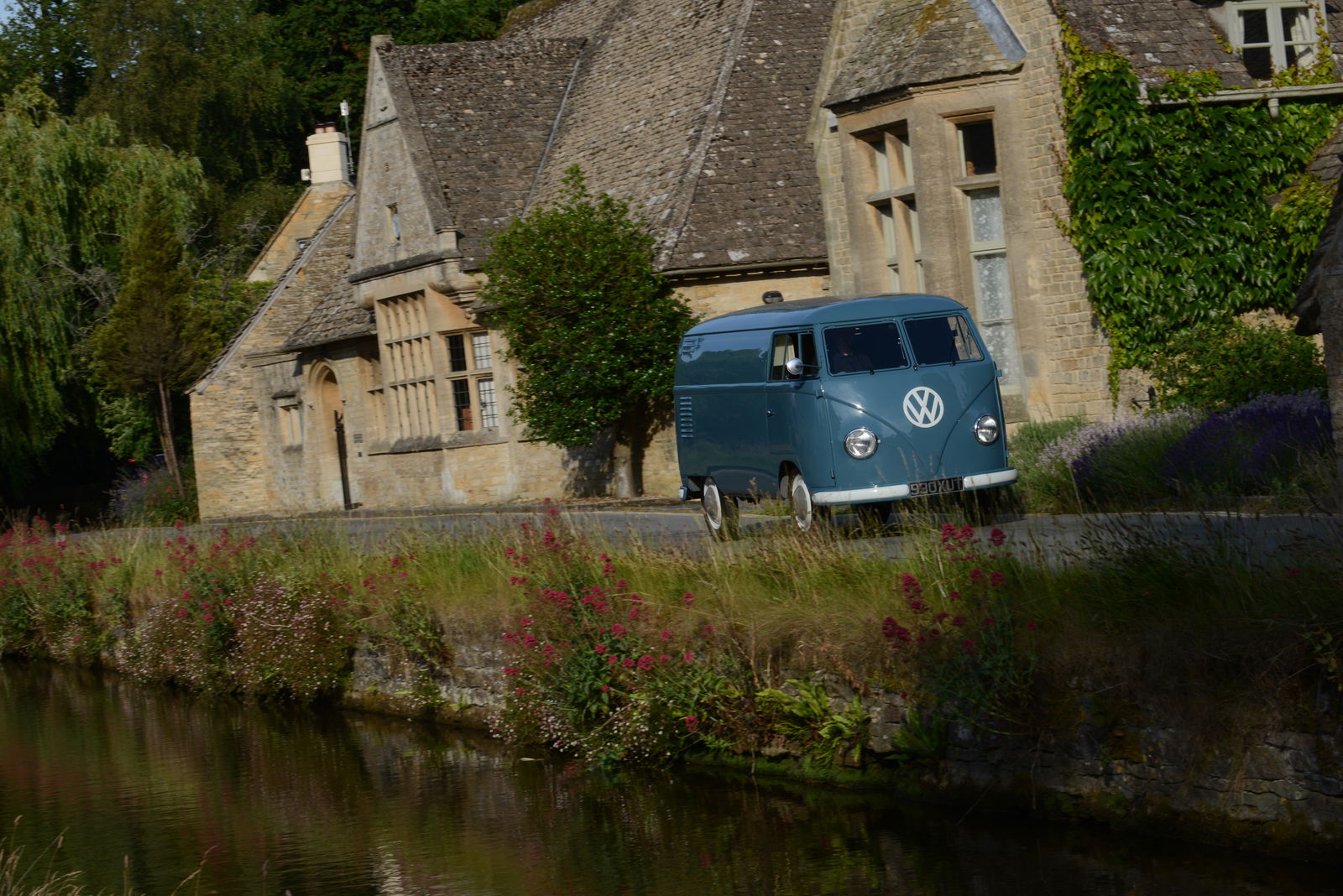
To drive, the original split-screen demands biker-like attention and forward planning. The fixed steering wheel, for example, gives as much feedback as stirring a pot of oats with no hands, which means that massive, quarter-turn inputs result in little more than a cough in any direction.
The four-speed manual gearbox is also challenging to work with, meaning missed gears and lost opportunities to climb a hill without holding up an aged queue of Honda Jazzes, Toyota Prii and caravans. The pedal weights are surprisingly light, however, and when you do manage to nail a sweet gear change, you instantly feel like a hero.
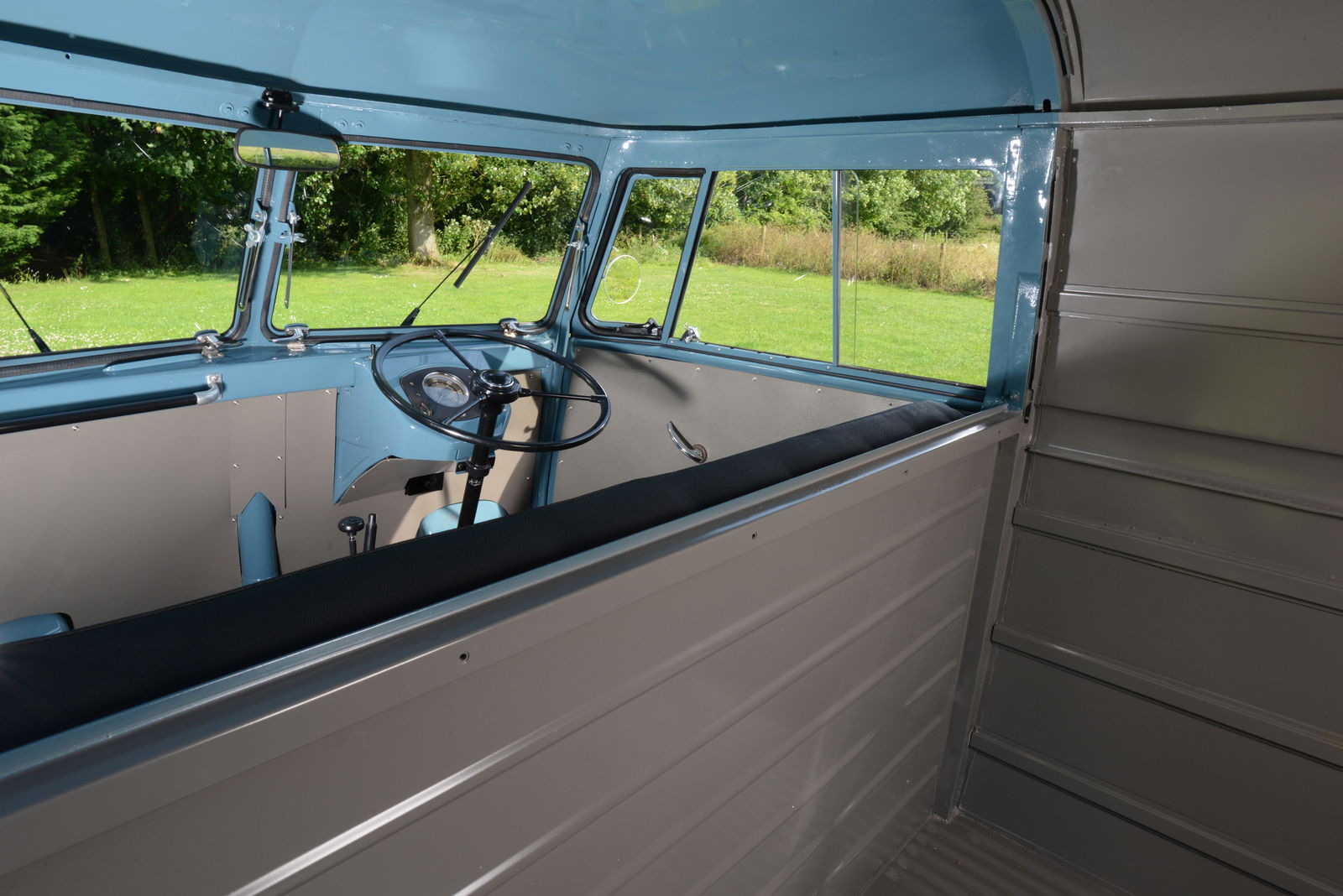
The biggest challenge faced while driving a vehicle of this vintage is the lack of braking potential. Disc brakes, while already invented, weren’t largely used in the 1950s, so VW and other car makers made do with what felt like soggy sponges to reduce velocity. Even at speeds of under 40mph (I didn’t dare go any faster) braking points need to be planned well in advance. With oncoming traffic and the need to brake quickly, the van also lunges in whichever direction it chooses. Yes, driving the T1 is brilliant fun but demands 100 per cent concentration at all times.
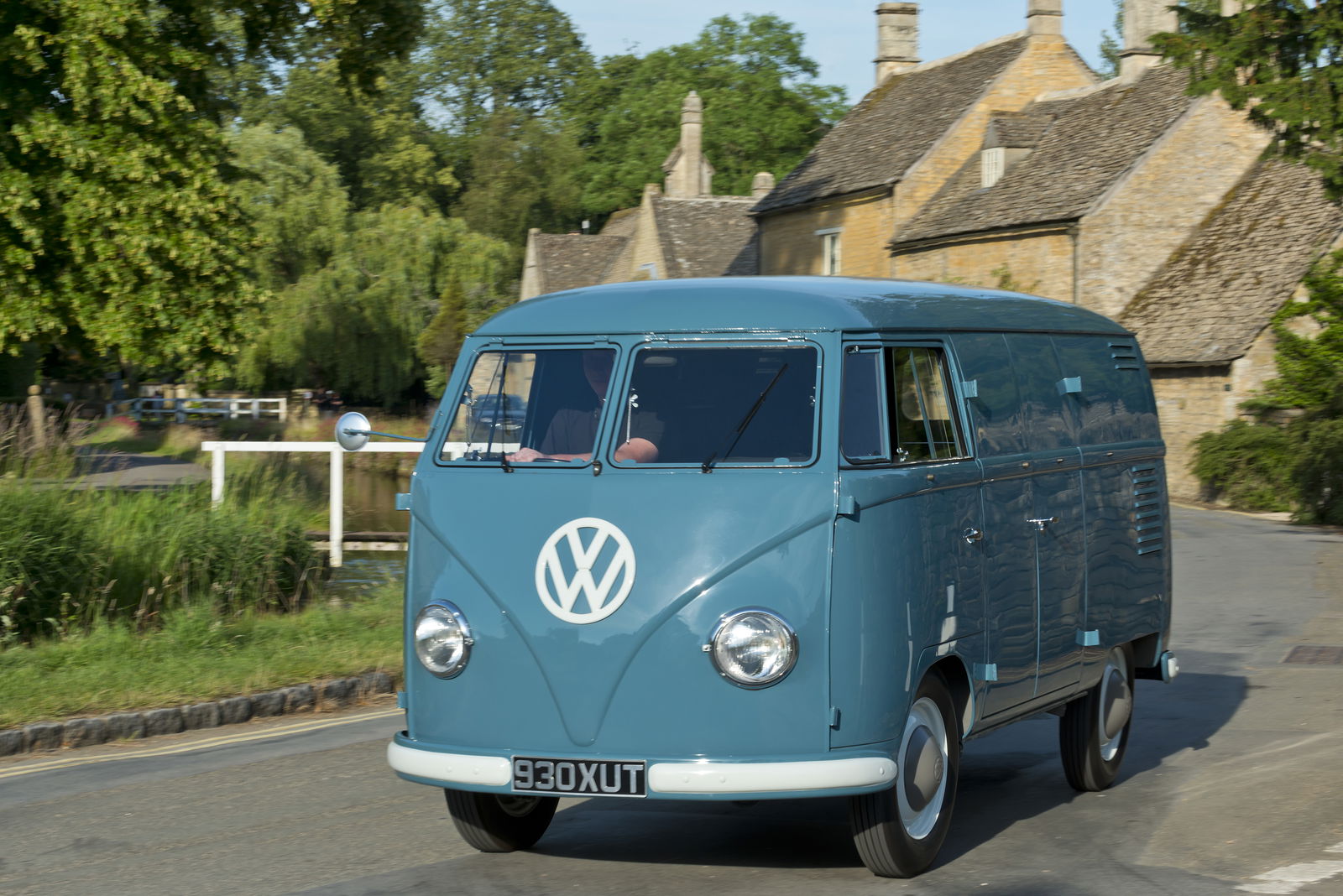
Away from the life and death driving dynamics, the T1 is utterly charming and hugely entertaining. There is zero sound insulation (you can see the road through the pedal and door gaps), which means progress at any speed is noisy. The dashboard makes even an Audi’s look cluttered (granted, the dash here is just a sheet of coloured metal) and there are no seatbelts, just a flat bench on which to sit; fingers crossed that nothing’s coming the other way.
With the van now back at base and a second set of keys in my hand, it was on to a 1967 T2 split-screen Westfalia pop-top. Another restored project, the camper looks awesome, quirky and utterly charming…
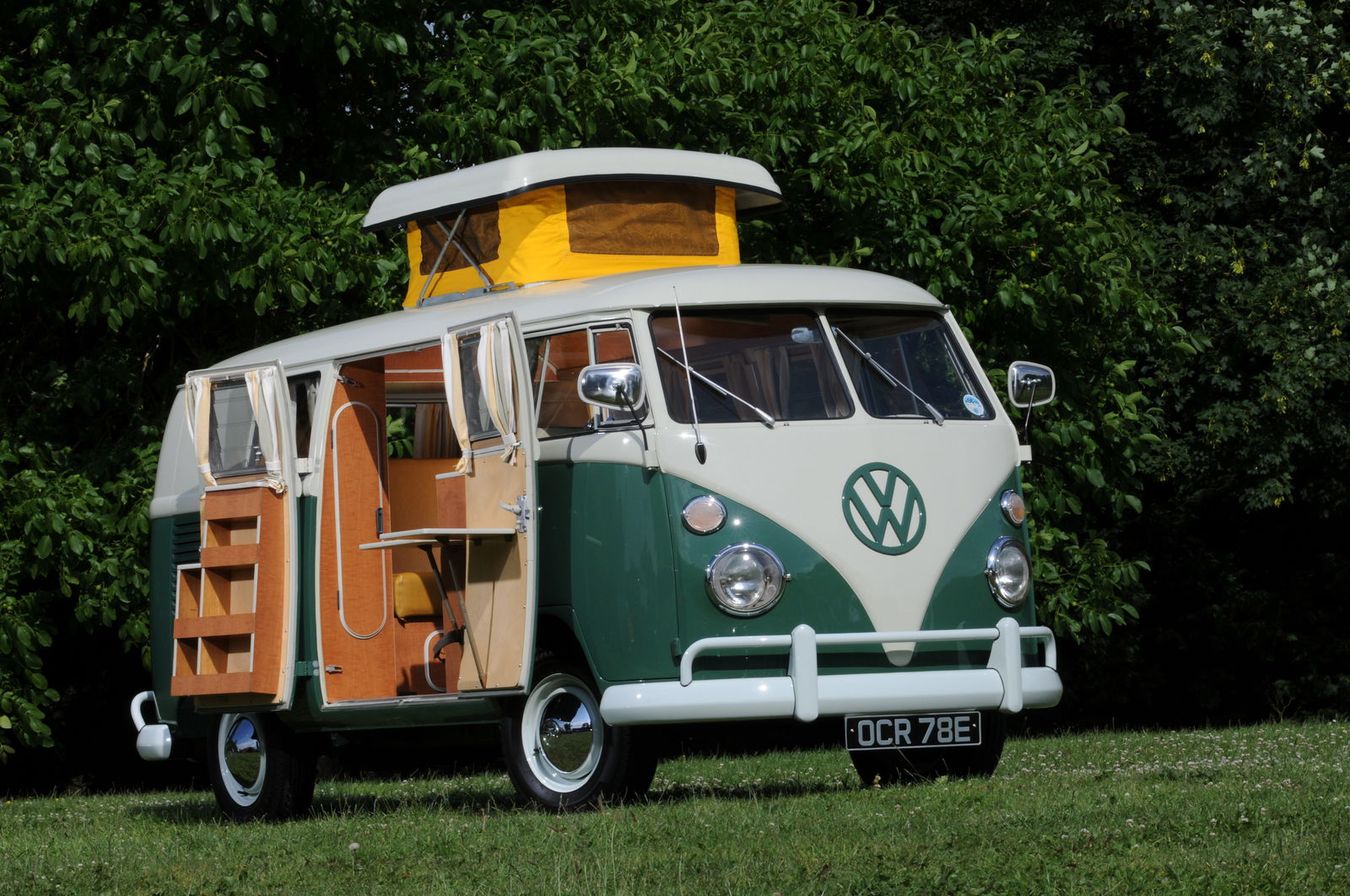
Just like the ‘54 van, the T2’s driving characteristics are interesting. Despite comparatively massive power - its 1594cc engine produced 50bhp, good for a top speed of 65mph - progress is sluggish, and there’s little-to-no feedback through the wheel.
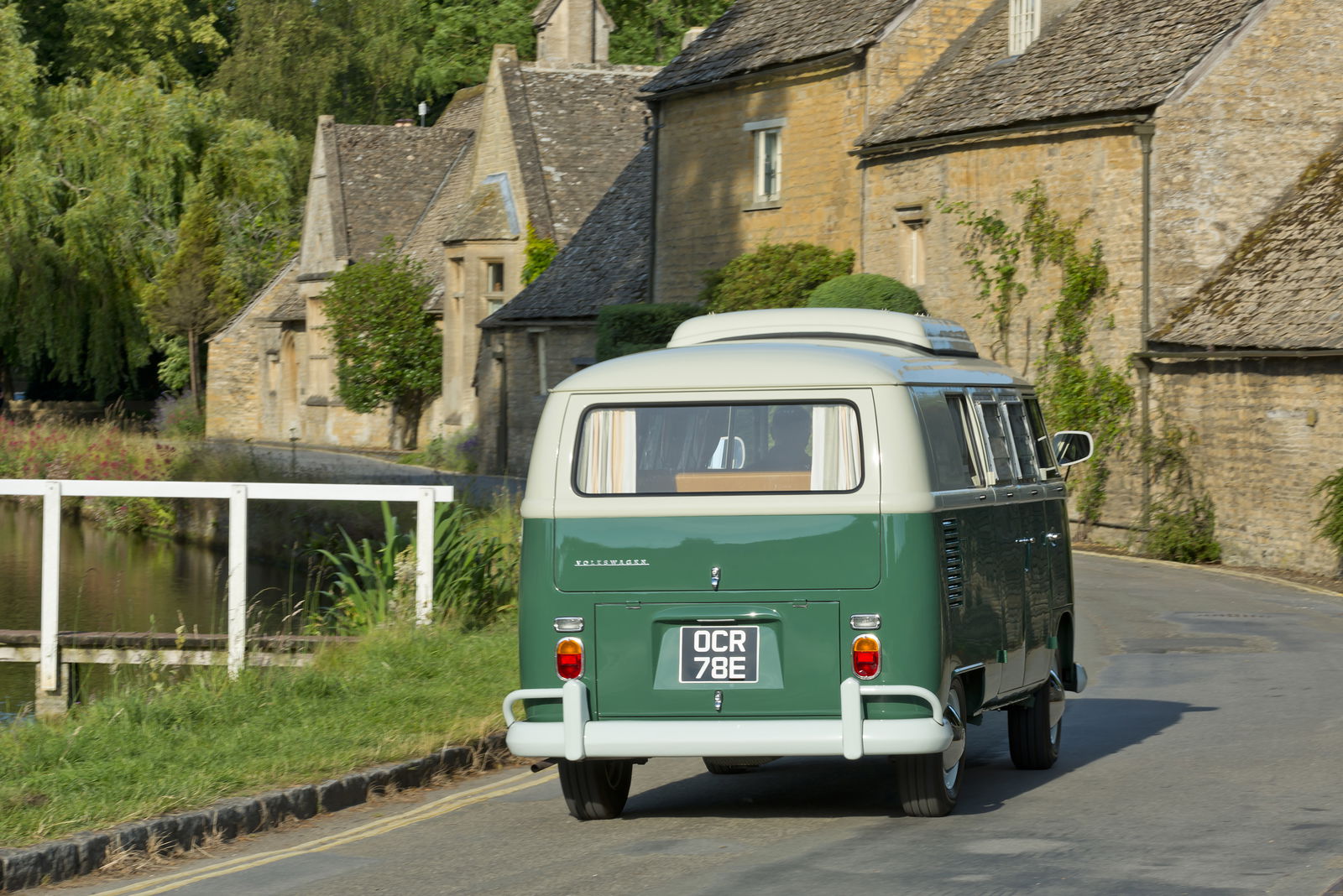
On the move (admittedly very slowly), both vans look stunning and unique, and sound great…
Sitting behind the wheel of both vintage vehicles is an incredible, engaging and fun experience. But to drive either for more than half an hour would certainly require a change of underwear.
Stepping aboard Volkswagen’s latest Transporter panel van, the T27 Bluemotion really highlights the progress that’s been made in 60 years. The new van drives like a big car, features all the gadgets you’d find in any well-specced Golf and returns good fuel economy (48.7mpg claimed from the model’s 2.0-litre, 114bhp diesel engine).
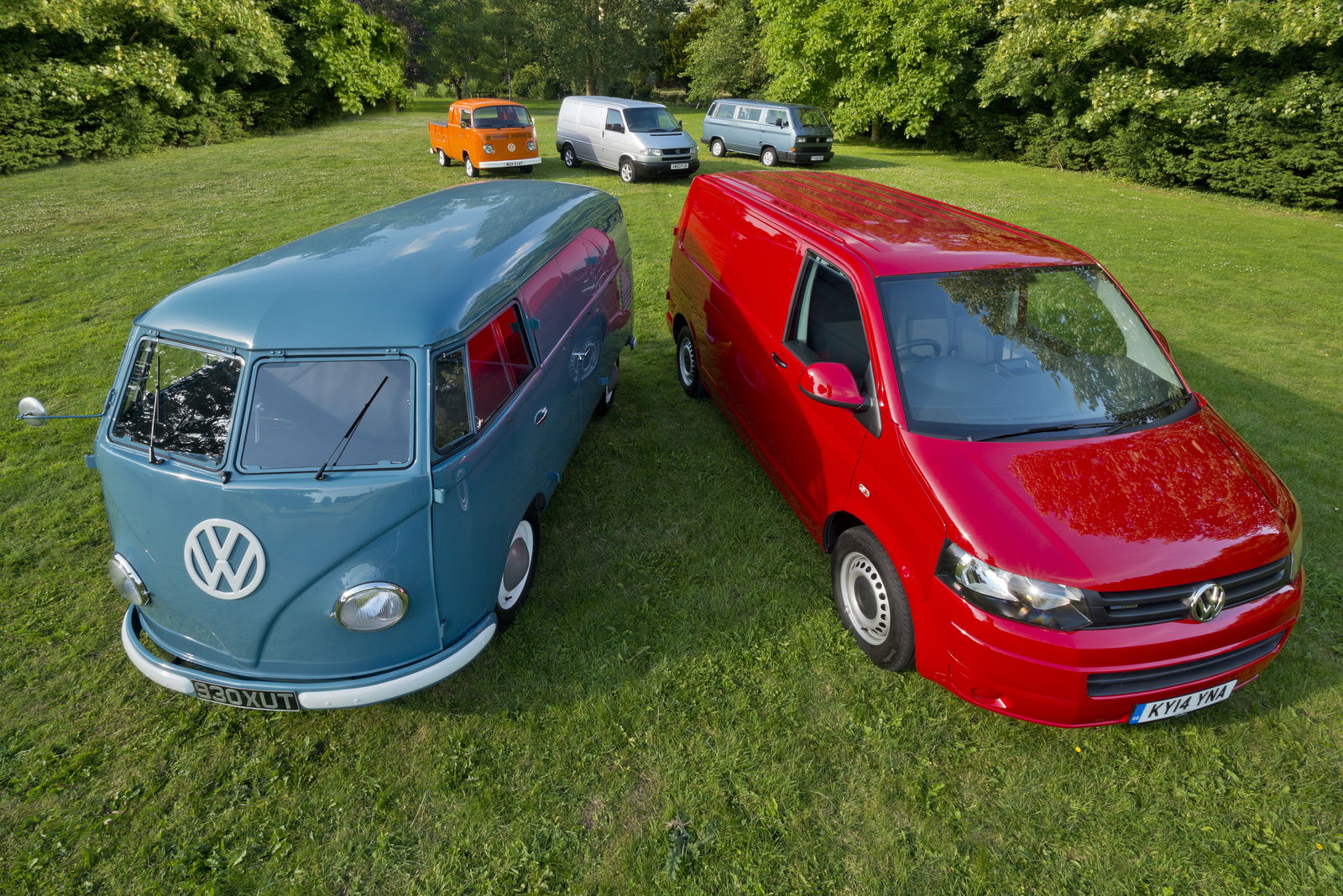
What’s more, the engine is punchy (0-62mph takes just 14.8sec) and quiet, and just the thing for hauling heavy loads or towing ailing VW campervans when their air-cooled engines overheat. Here’s to another 60 years of Transporter.

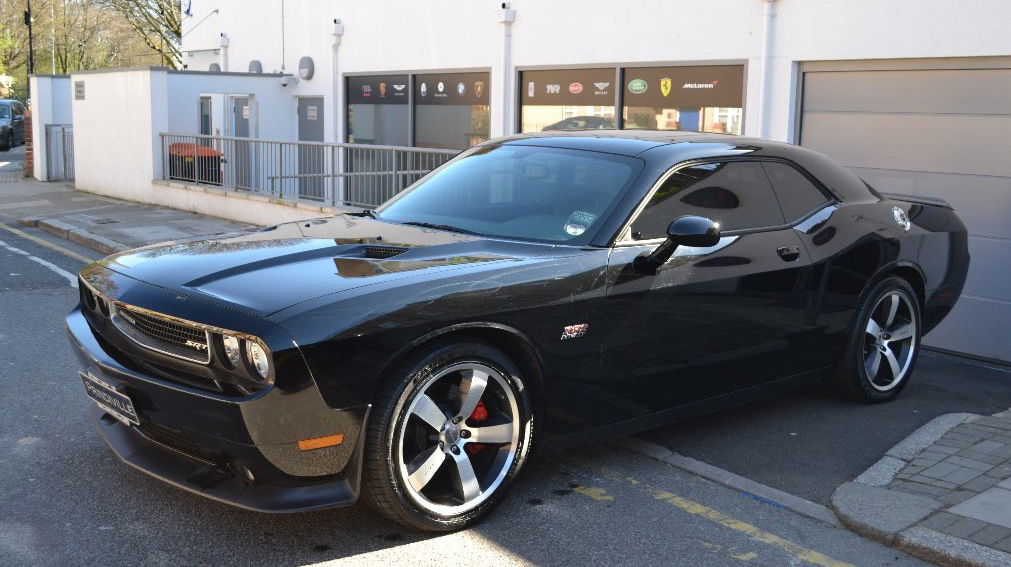
Comments